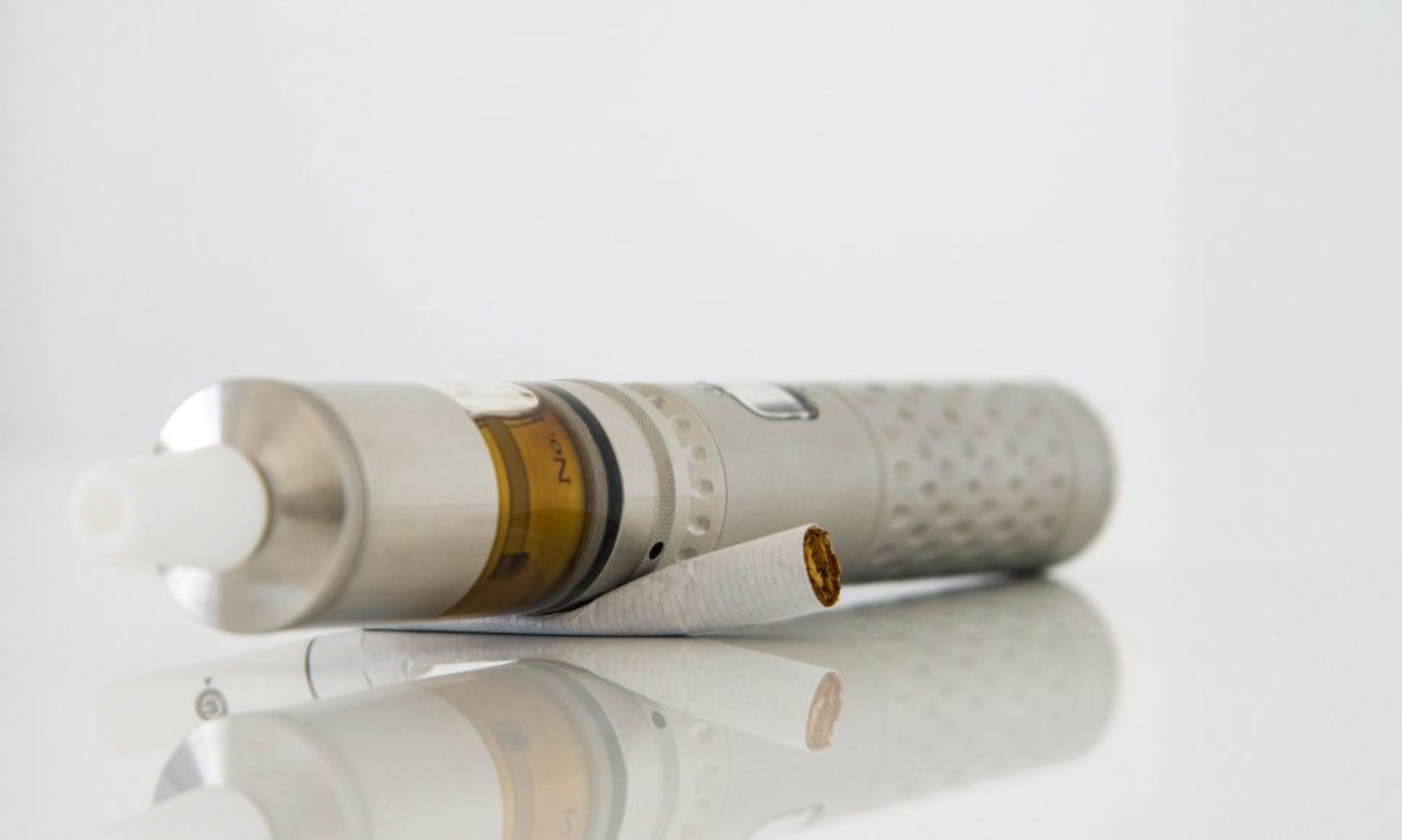Among the various “concerns” expressed by those who oppose electronic cigarettes (e-cigarettes), a fear of toxic substances in the vapor emitted by the devices, or exhaled by users (“vapers” as they are known, as opposed to “smokers”) has been raised as an issue. Those who worry about this vapor believe that such emissions would be analogous to second-hand smoke from cigarettes, which has been shown to be toxic, to some extent.
Recently, a new study of the constituents of e-cig vapor has been reported by Prof. Igor Burstyn of the School of Public Health of Drexel University’s Dept. of Environmental and Occupational Health, entitled
Peering through the mist: What does the chemistry of contaminants in electronic cigarettes tell us about health risks?
The report’s findings can be summarized thusly:
By reviewing over 9,000 observations about the chemistry of the vapor and the liquid in e-cigarettes, Dr. Burstyn was able to determine that the levels of contaminants e-cigarette users are exposed to are insignificant, far below levels that would pose any health risk. Additionally, there is no health risk to bystanders. Proposals to ban e-cigarettes in places where smoking is banned have been based on concern there is a potential risk to bystanders, but the study shows there is no concern.
ACSH’s Dr. Gilbert Ross, a close follower of the e-cigarette literature and regulatory scene, commented as follows:
“Prof. Burstyn’s comprehensive analysis should help put to rest the good-faith concerns of some in the anti-smoking community who continue to doubt the safety of e-cigarettes second-hand vapor. Unfortunately, for the bulk of the harm-reduction haters, this will probably have little impact, since they are refractory to science-based discussion, fixated as they are on their various perverse agendas.”
SOURCE: American Council on Science and Health
